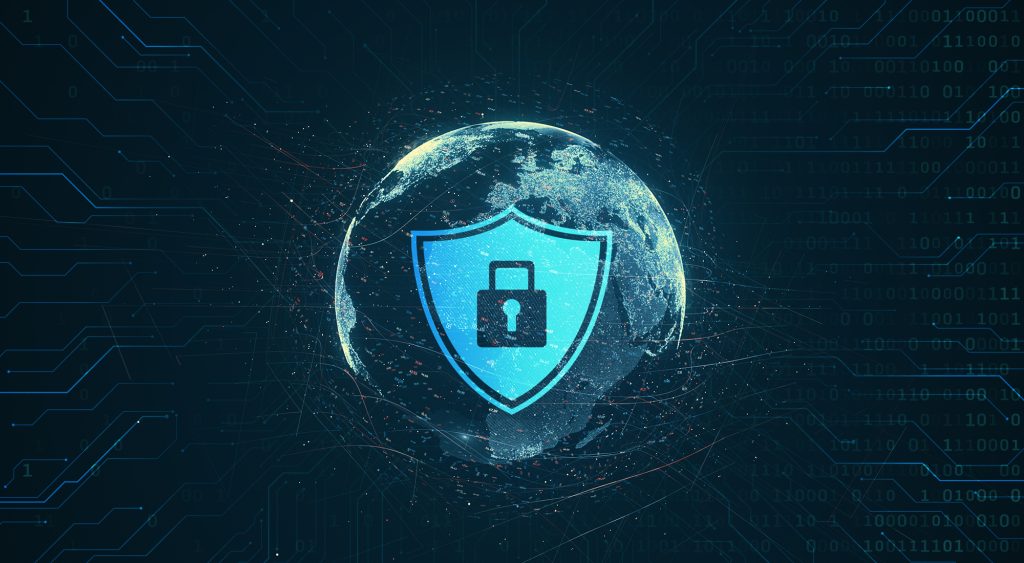
The Internet of Things (IoT) has transformed our lives in numerous ways, creating a more interconnected world where devices communicate seamlessly to enhance our daily experiences. From smart homes to industrial applications, the convenience and efficiency offered by IoT devices are undeniable. However, as this technology continues to proliferate, it brings with it a host of security challenges that must be addressed to protect users, data, and infrastructures. This blog will delve into the various security challenges posed by IoT devices, the vulnerabilities they present, and best practices for mitigating risks.
Understanding IoT Security Challenges
IoT security challenges are multifaceted, stemming from the diverse nature of connected devices and their varying security postures. Unlike traditional computing devices, IoT devices often lack robust security features, making them susceptible to cyber threats. Here are some of the primary challenges:
1. Device Vulnerabilities
Many IoT devices are designed with limited computing power and resources, which can restrict the implementation of comprehensive security measures. This often results in:
- Weak Passwords: Many devices come with default passwords that users fail to change, making them easy targets for cybercriminals.
- Insecure Interfaces: Poorly designed user interfaces can expose vulnerabilities, allowing unauthorized access.
- Firmware Issues: Inadequate firmware updates can leave devices vulnerable to known exploits.
2. Data Privacy Concerns
Data privacy in IoT is a critical issue, as these devices often collect vast amounts of personal information. The challenges include:
- Data Breaches: Unauthorized access to sensitive data can lead to identity theft and other forms of cybercrime.
- Inadequate Encryption: Many IoT devices do not encrypt data transmissions, making it easier for attackers to intercept and misuse data.
3. Lack of Standards and Compliance
The IoT landscape is fragmented, with various manufacturers adhering to different standards. This lack of consistency can complicate security efforts. Additionally, compliance with regulations like GDPR or CCPA can be challenging for IoT developers and users alike.
4. Complex Ecosystems
IoT devices often operate in complex environments that include multiple interconnected systems. This complexity can introduce new vulnerabilities:
- Inter-device Communication: Devices communicating with one another can inadvertently expose vulnerabilities.
- Legacy Systems: Older systems may not have the capability to integrate securely with newer IoT technologies.
Threats to IoT Devices
As the number of connected devices grows, so do the threats targeting them. Here are some of the most significant cyber threats in the IoT space:
1. IoT Malware
Malware specifically designed to target IoT devices is on the rise. These attacks can include:
- Botnets: Compromised devices can be used to create botnets that launch distributed denial-of-service (DDoS) attacks.
- Ransomware: Attackers can lock users out of their devices, demanding ransom for access.
2. Man-in-the-Middle (MitM) Attacks
In MitM attacks, hackers intercept communications between devices. This can lead to data theft and unauthorized control of devices.
3. Physical Attacks
Some IoT devices can be physically accessed, allowing attackers to manipulate them or extract sensitive data directly.
4. Social Engineering
Cybercriminals may use social engineering tactics to trick users into providing access to their IoT devices, often through phishing schemes.
Securing Connected Devices: Best Practices
Given the growing security challenges associated with IoT devices, it is imperative to adopt a proactive approach to security. Here are some best practices for securing connected devices:
1. Change Default Passwords
One of the simplest yet most effective measures is changing default passwords. Users should create strong, unique passwords for each device and enable two-factor authentication wherever possible.
2. Regular Firmware Updates
Manufacturers often release firmware updates to address vulnerabilities. Users should regularly check for updates and apply them promptly to ensure devices are secure.
3. Network Security
Implementing robust network security measures is crucial for protecting IoT devices. This includes:
- Firewalls: Use firewalls to monitor incoming and outgoing traffic.
- Segmentation: Create separate networks for IoT devices to limit potential attack vectors.
4. Data Encryption
Ensure that data transmitted between devices is encrypted. This makes it significantly harder for attackers to intercept and misuse data.
5. Device Management
Implementing an IoT device management system can help monitor and manage devices effectively. This includes:
- Asset Inventory: Keep an inventory of all connected devices and their security status.
- Access Control: Limit access to devices based on user roles and responsibilities.
6. Compliance and Standards
Stay informed about industry standards and regulations related to IoT security. Implementing these guidelines can help mitigate risks and improve the overall security posture.
7. User Education
Educating users about the potential risks associated with IoT devices and best practices for security is vital. Users should be aware of phishing attacks, password management, and safe browsing habits.
The Future of IoT Security

As the IoT landscape continues to evolve, so too will the security challenges it presents. The future of IoT security may include:
1. Advanced Threat Detection
The integration of artificial intelligence (AI) and machine learning (ML) can enhance threat detection capabilities. These technologies can analyze patterns in data to identify anomalies and potential threats in real-time.
2. Secure IoT Architecture
Developing a secure IoT architecture from the ground up will be essential. This includes incorporating security features during the design phase and ensuring that all components are built with security in mind.
3. Identity Management in IoT
Implementing robust identity management solutions can help verify the authenticity of devices and users. This can include multi-factor authentication and device-specific credentials.
4. End-to-End IoT Security
Adopting an end-to-end security approach ensures that security measures are applied across the entire IoT ecosystem, from devices to networks to cloud services.
Conclusion
The rapid expansion of IoT technology has undoubtedly brought about significant advantages, but it has also introduced new security challenges that cannot be overlooked. As we continue to integrate these devices into our daily lives, understanding and addressing IoT security challenges will be crucial for protecting our data, privacy, and infrastructure. By adopting best practices, staying informed about emerging threats, and implementing robust security measures, we can mitigate risks and harness the full potential of the Internet of Things.
For further insights and updates on IoT security, visit Hack Tech Media, check out their blog, and follow them on Facebook and X.







